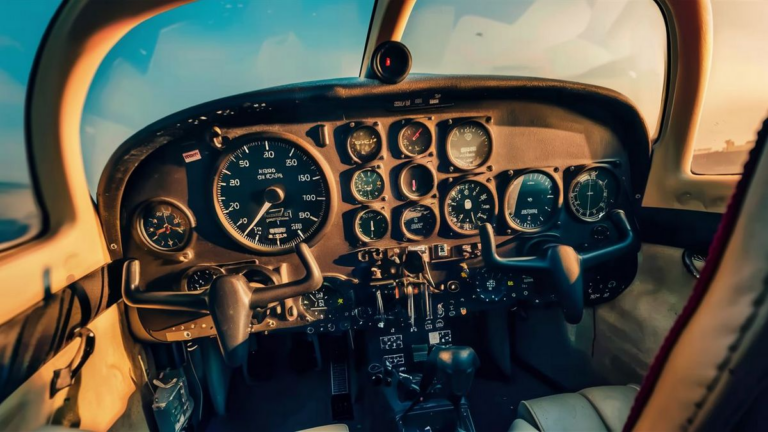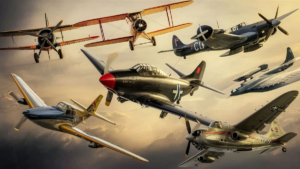When it comes to exploring the skies, small planes offer a thrilling experience, allowing pilots and passengers to soar above the earth with a sense of freedom and adventure. One of the common questions that often arises is, “How fast does a small plane fly?” Let’s delve into this topic and explore the speeds at which these aircraft can travel.
The Basics of Small Plane Speed
Small planes encompass various types, including single-engine piston aircraft, light sport aircraft, and some smaller turboprop planes. The speed at which these aircraft fly depends on several factors, including their design, engine power, and intended use.
Single-Engine Piston Aircraft
Single-engine piston aircraft are among the most common types of small planes. These planes typically fly at speeds ranging from around 90 knots (103 mph) to 200 knots (230 mph), depending on factors such as their size, weight, and engine efficiency. Lighter aircraft tend to have higher cruising speeds compared to heavier models.
Light Sport Aircraft
Light sport aircraft (LSA) are another category of small planes designed for recreational flying. These planes are typically limited in speed, with most LSAs flying at cruising speeds ranging from 90 knots (103 mph) to 120 knots (138 mph). While not as fast as some other types of small planes, LSAs offer an accessible and economical way for enthusiasts to take to the skies.
Turboprop Aircraft
Some small planes are equipped with turboprop engines, which offer greater power and efficiency compared to piston engines. Turboprop aircraft can achieve higher speeds than piston planes, with cruising speeds typically ranging from 200 knots (230 mph) to 300 knots (345 mph) or more, depending on the specific model.
Factors Affecting Speed
Several factors can influence the speed of a small plane, including:
- Aircraft design: Aerodynamic characteristics play a significant role in determining a plane’s speed performance.
- Engine power: The type and power of the engine installed in the aircraft directly impact its speed capabilities.
- Weight and load: Heavier aircraft may experience reduced speeds compared to lighter counterparts, especially during takeoff and climb phases.
- Altitude and weather conditions: Atmospheric conditions, including altitude, temperature, and wind speed, can affect a plane’s airspeed.
In conclusion, the speed at which a small plane flies varies depending on factors such as its design, engine type, and intended use. From single-engine piston aircraft to light sport planes and turboprop aircraft, each type offers a unique flying experience with its own speed capabilities. Whether you’re cruising leisurely or zipping through the skies, small planes provide an exhilarating way to explore the world from above.
Advanced Speed Considerations
While the basic factors affecting small plane speed are crucial, there are also advanced considerations that impact their velocity:
- Streamlining modifications: Some pilots invest in modifications to improve the aerodynamics of their aircraft, which can result in increased speeds.
- Propeller design: The design and efficiency of the propeller can significantly affect a small plane’s speed, with advanced propeller technologies offering enhanced performance.
- Flight maneuvers: Skilled pilots can optimize speed through precise flight maneuvers, such as maintaining optimal angles of attack and utilizing tailwinds effectively.
Frequently Asked Questions
Here are some common questions regarding small plane speeds:
- Can small planes fly faster than commercial airliners?
- How does altitude affect the speed of a small plane?
- Are there speed limitations imposed by aviation regulations?
| Question | Answer |
|---|---|
| Can small planes fly faster than commercial airliners? | Generally, commercial airliners fly at much higher speeds than small planes. However, certain small jet aircraft can achieve speeds comparable to or slightly higher than some smaller commercial jets. |
| How does altitude affect the speed of a small plane? | At higher altitudes, air density decreases, which can result in higher true airspeeds for small planes due to reduced drag. However, engine performance may also decrease at higher altitudes, affecting overall speed. |
| Are there speed limitations imposed by aviation regulations? | Yes, aviation authorities impose speed limits on various types of aircraft, including small planes, to ensure safety. These limitations vary depending on factors such as airspace classification and aircraft type. |
See also:






